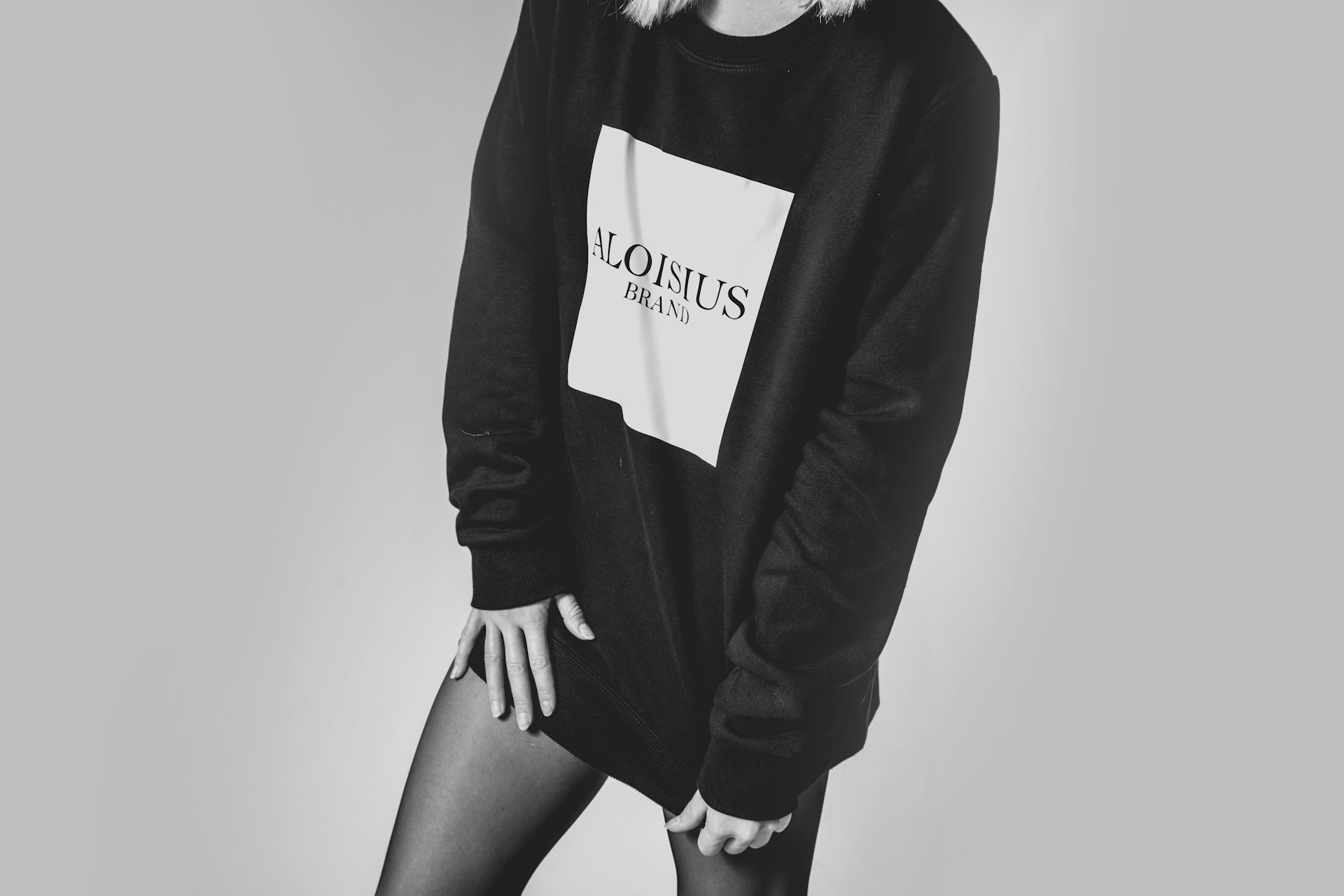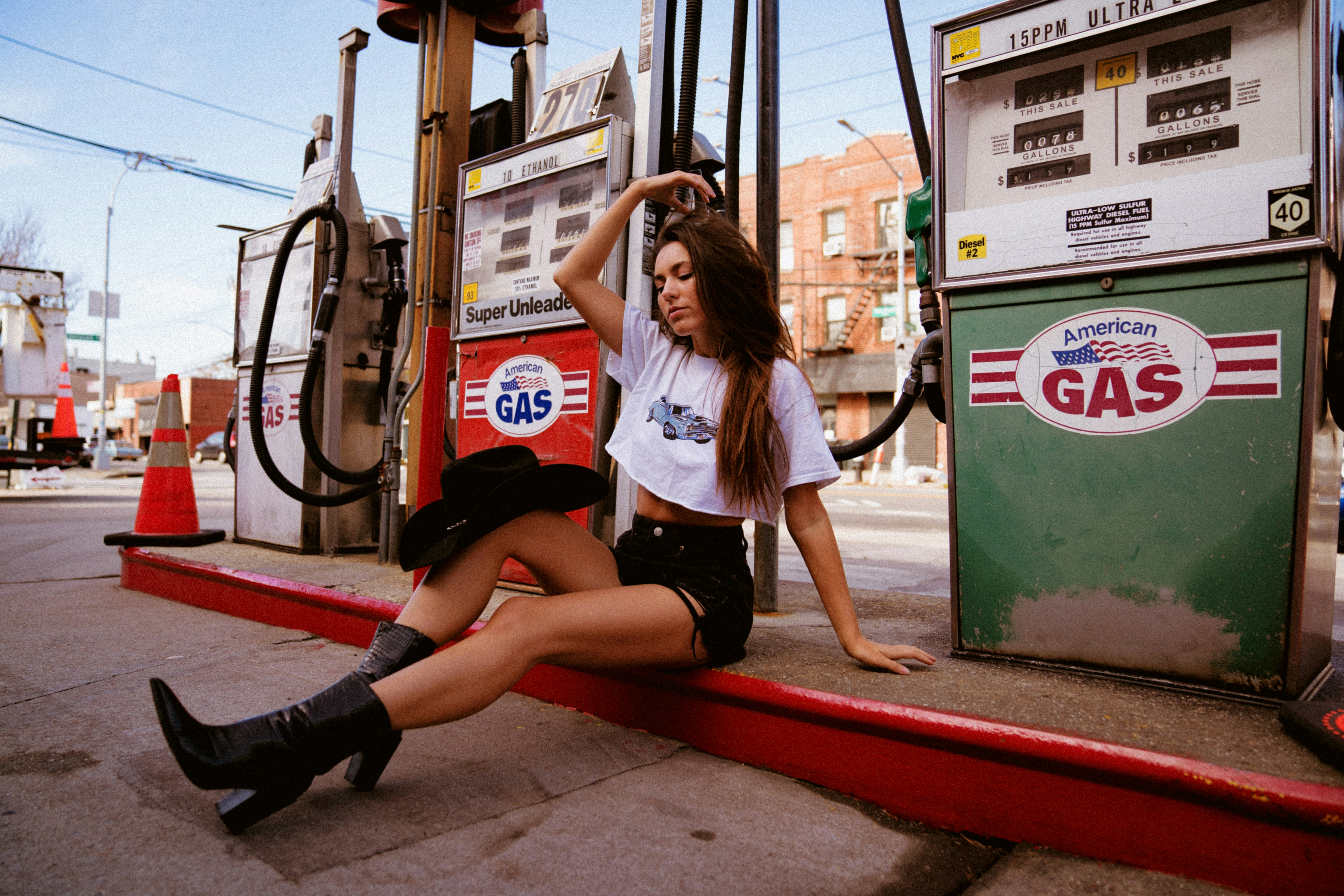Why Everyone Is Suddenly Obsessed with Quiet Luxury
Ever feel like fashion has become louder, bolder, and more in-your-face than ever—yet somehow you still want something that whispers rather than screams? There’s a growing style narrative for those tired of logo mania and chasing statement looks: it’s called quiet luxury, and it’s changing how we shop and dress.

Ever feel like fashion has become louder, bolder, and more in-your-face than ever—yet somehow you still want something that whispers rather than screams? There’s a growing style narrative for those tired of logo mania and chasing statement looks: it’s called quiet luxury, and it’s changing how we shop and dress.
The Subtle Style with Loud Influence
Quiet luxury isn’t just a trend—it’s a complete shift in how style is understood, presented, and consumed. It reflects a desire for quality over quantity, rooted in a fashion history where discretion often meant power. Think 1990s minimalism—when brands like Calvin Klein and The Row set the tone with simplicity and elevated tailoring. But while the term may be new to some, the mindset has deep roots. European aristocracy, old-money elites, and iconic fashion houses like Hermès have long embraced this aesthetic: understated, refined, and eternally elegant.
The resurgence of this approach comes at a time when social media saturation and fast fashion fatigue have made consumers crave longevity and intentionality. In 2023 and 2024, we began to see fashion pivot away from maximalism and toward pieces that felt timeless and considered.
From Loud Logos to Whispered Wealth
One of the clearest signs of quiet luxury’s influence is the decline of overt branding. In place of bold logos, fashion enthusiasts are now seeking unbranded, expertly crafted garments with premium fabrics and tailored silhouettes. The emphasis? Fit, fabrication, and function. Celebrities like Gwyneth Paltrow, Sofia Richie Grainge, and even tech moguls like Steve Jobs (who famously wore Issey Miyake turtlenecks) have long embodied this style ethos. It’s no longer about proving wealth through extravagance, but signaling it through knowledge—knowing what to buy, where to find it, and how to wear it with confidence. Quiet luxury is about investing in fewer but better pieces—cashmere knits, high-waisted wool trousers, sleek loafers, and sharply cut blazers. It’s wardrobe curation with a minimalist philosophy, making every item count without drawing unnecessary attention.
Shopping the Quiet Way
The rise of quiet luxury is also reshaping the shopping experience. Today’s fashion-forward consumers are skipping trend dumps and turning to heritage brands and independent designers known for craftsmanship. Retailers like Loro Piana, Toteme, Khaite, and The Row have seen surges in popularity, offering capsule-ready collections that marry elegance with utility. Secondhand and consignment platforms are also thriving in this space, with shoppers hunting down archival pieces from designers like Phoebe Philo-era Céline—still revered for its timeless aesthetic. Fashion-conscious buyers are even using tech tools and AI-powered styling apps to streamline their wardrobes, focusing on longevity and versatility. The quiet luxury shopper doesn’t impulse buy. They research fabrics, follow tailors on Instagram, and opt for color palettes that age well—think beige, navy, olive, camel, and bone white. Shopping becomes a slow art of selection rather than a frenzied spree.
Styling in Silence: The Rules of Elevated Minimalism
Styling within the quiet luxury framework is all about balance. The aim is to appear put-together without appearing styled. Think tucked silk blouses with wide-leg slacks, leather ballet flats instead of heels, and minimal jewelry—often just a single watch or a pair of gold studs. Layering becomes essential: an oversized trench coat over a tonal knit, a crisp button-up under a camel blazer. Texture plays a big role too, with pieces in cashmere, bouclé, and raw silk adding dimension without distraction. The quiet luxury wardrobe isn’t seasonal—it’s transitional. It flows easily between spring and fall, between meetings and dinners, because the base of each outfit is designed to endure time, trends, and shifts in taste. And that’s exactly what gives it such enduring appeal.
The Psychology Behind the Trend
Quiet luxury speaks to more than just aesthetics—it taps into a shift in cultural values. In a post-pandemic world, people are investing in experiences and longevity, not just things. The fashion industry, long driven by overproduction and trend cycles, is being challenged by consumers who want thoughtful purchases. There’s also an air of emotional security in dressing this way. You don’t need to impress anyone—you dress for yourself. Quiet luxury removes the performative aspect of fashion and replaces it with personal satisfaction and comfort in one’s choices. This discreet style also aligns with how many people now view wealth and success. No longer about flashiness, it’s about self-possession. And in fashion, self-possession translates to knowing exactly what works for you—and sticking to it.
What to Look For When Shopping Quiet Luxury
- Favor quality over quantity: invest in fewer pieces made with premium fabrics like cashmere, silk, or virgin wool.
- Stick to a neutral palette: taupes, creams, navy, black, and gray form a versatile foundation.
- Focus on tailoring: even a basic white shirt looks luxurious when it’s perfectly cut to fit your body.
- Choose timeless accessories: minimalist leather handbags, fine jewelry, and classic sunglasses add polish without flash.
- Avoid visible logos: opt for discreet branding or none at all—let the design speak for itself.
- Build a wardrobe slowly: quiet luxury is not about chasing every drop, but thoughtfully curating a lasting collection.
Quiet luxury isn’t just a fashion phase—it’s a new philosophy of dressing that prioritizes intention, confidence, and enduring style. It’s proof that sometimes, the quietest statements leave the loudest impressions.




